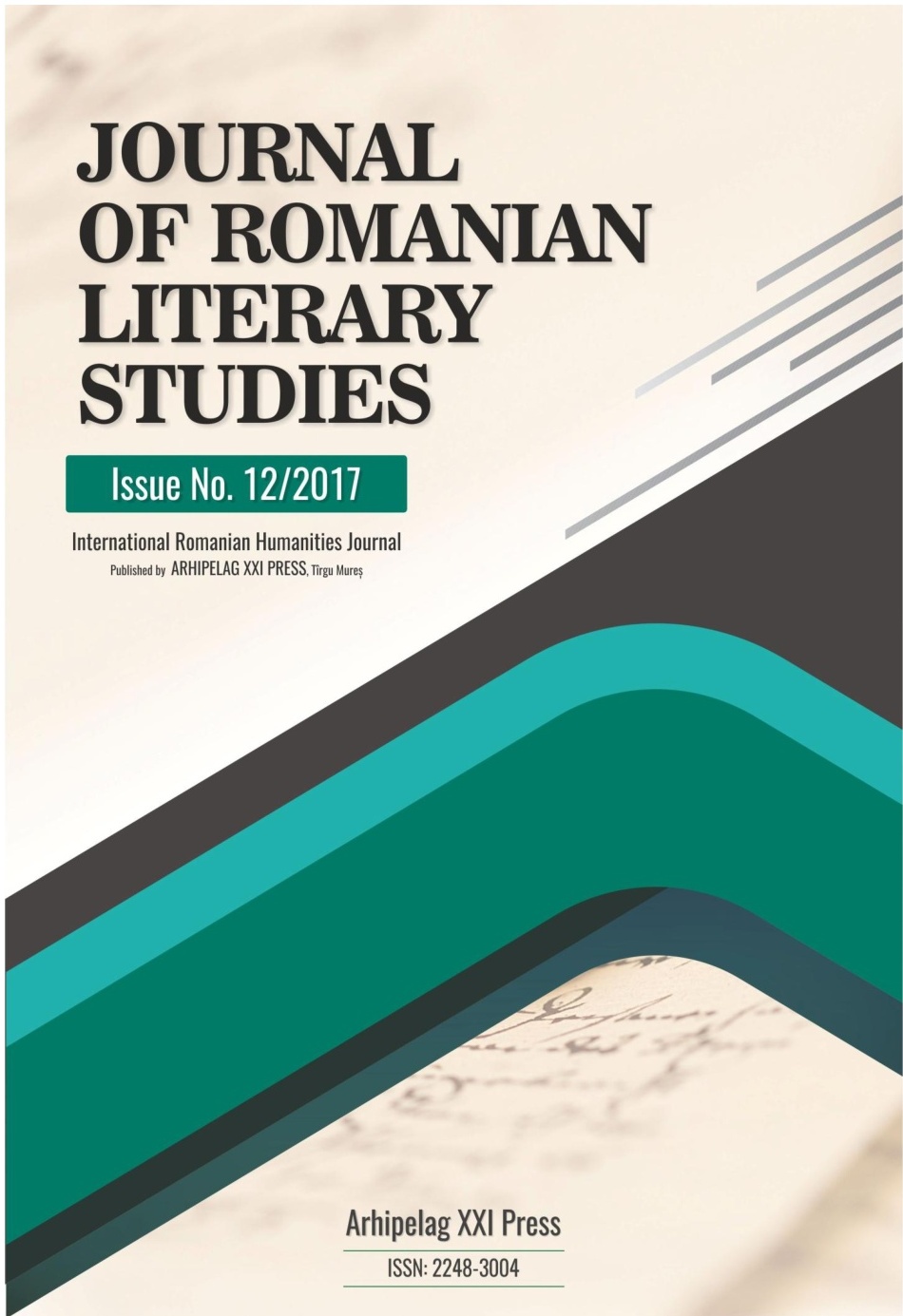THE HYEROFANIC ISSUES OF THE SERAPHYC HYMNS
THE HYEROFANIC ISSUES OF THE SERAPHYC HYMNS
Author(s): Petru Adrian DanciuSubject(s): Christian Theology and Religion, Anthropology, Studies of Literature
Published by: Editura Arhipelag XXI
Keywords: music; seraphim; harmony; song-cry; time;
Summary/Abstract: Starting from the scream of the seraphim on Isaiahʹ s prophecy, this article aims to follow the rhythm of this harmony, transcending the symbols of the angelic world and of the divine names, to get at the manʹ s face to face meeting with God, by the retrieval of one in the other, just as the seraphim who reflects their existence standing face to face. The finality of the sacred harmony is that during the search of God in human being, He reveals Himself in this one, from there the reason of His affirmed existence: "I am that I am". Through its hypnotic cyclicality, the profane temporality has its own musicality. Its purpose is to incubate the unsuspected potencies of the beings "locked" in the material world. Considering the fact that the divine music belongs to the eonic time, it will exceed by his harmony the mechanical musicality of the profane time, dilating it and canceling it for the moment. Isaiah is the witness of such revelation, who offers access to the heavenly concert hall. Here he's the witnessed at the divine harmonies produced by two divine singers, whose musical history we try to capture in our article. The Seraphim accompanied the chosen people after his exit from Egypt, from their attributes and behavior was relating the cultic use of the trumpet. The seraphim music is not the creationʹ s one, but his lyrics are those which say the presence of the Creator, in two realities, the spiritual and the material. Just the transcendence of the divine sung ∕ screamed names affirms an unique reality: God. The song-cry is a divine conjuration with double meanings. On the one hand, the angels and people affirm God's presence and call his name, on the other hand, the Creator affirms its presence through the angels, or sings himself in man, the one who is His image and likeness. The divine music does not only create, but it is a way of communion, implementing the human relationship with God and so the God connection with man. It is a relationship in which both, filiation or paternity, disappear in the harmony of mutual recognition produced by music, a reality much older than Adamʹ s language itself.
Journal: Journal of Romanian Literary Studies
- Issue Year: 2017
- Issue No: 12
- Page Range: 685-690
- Page Count: 6
- Language: Romanian

